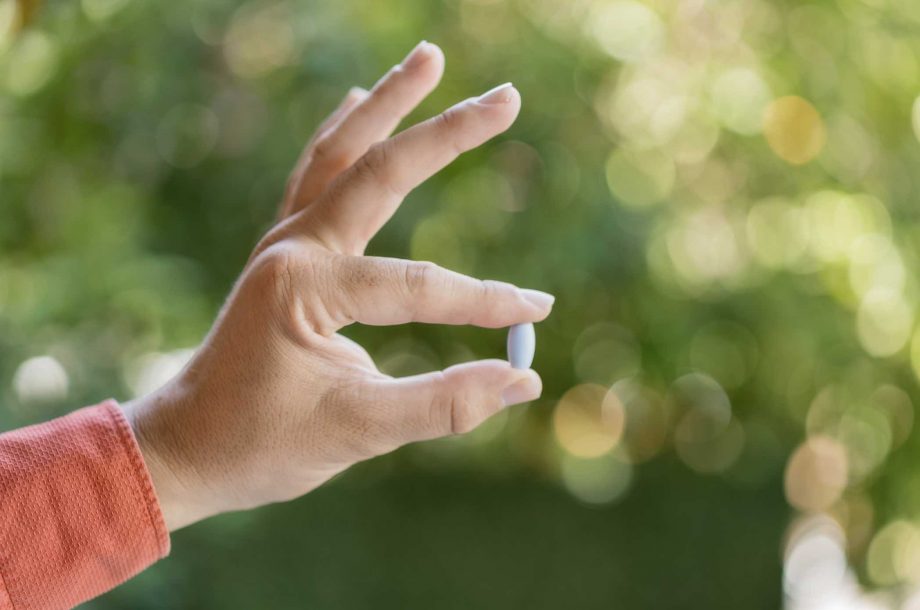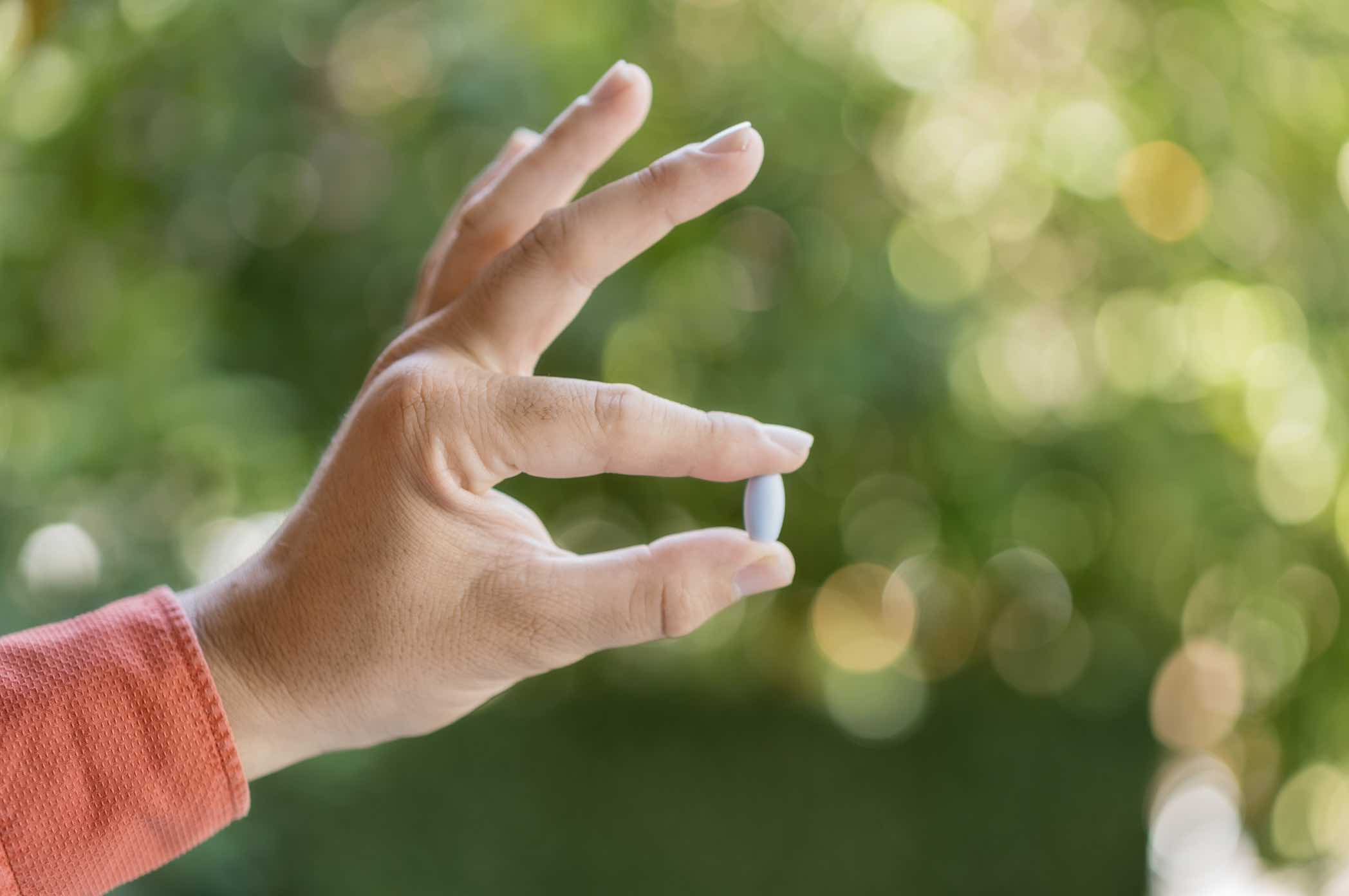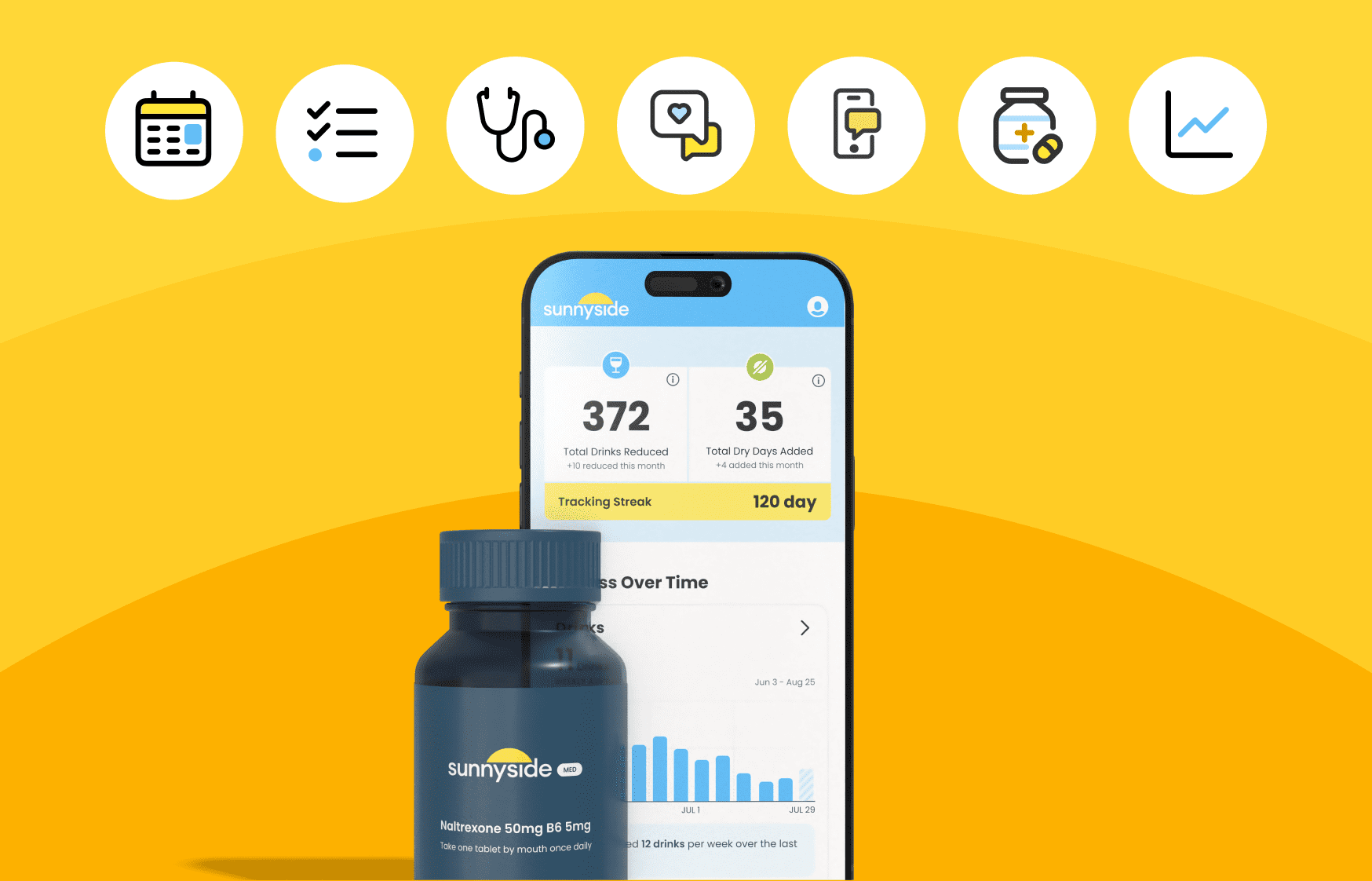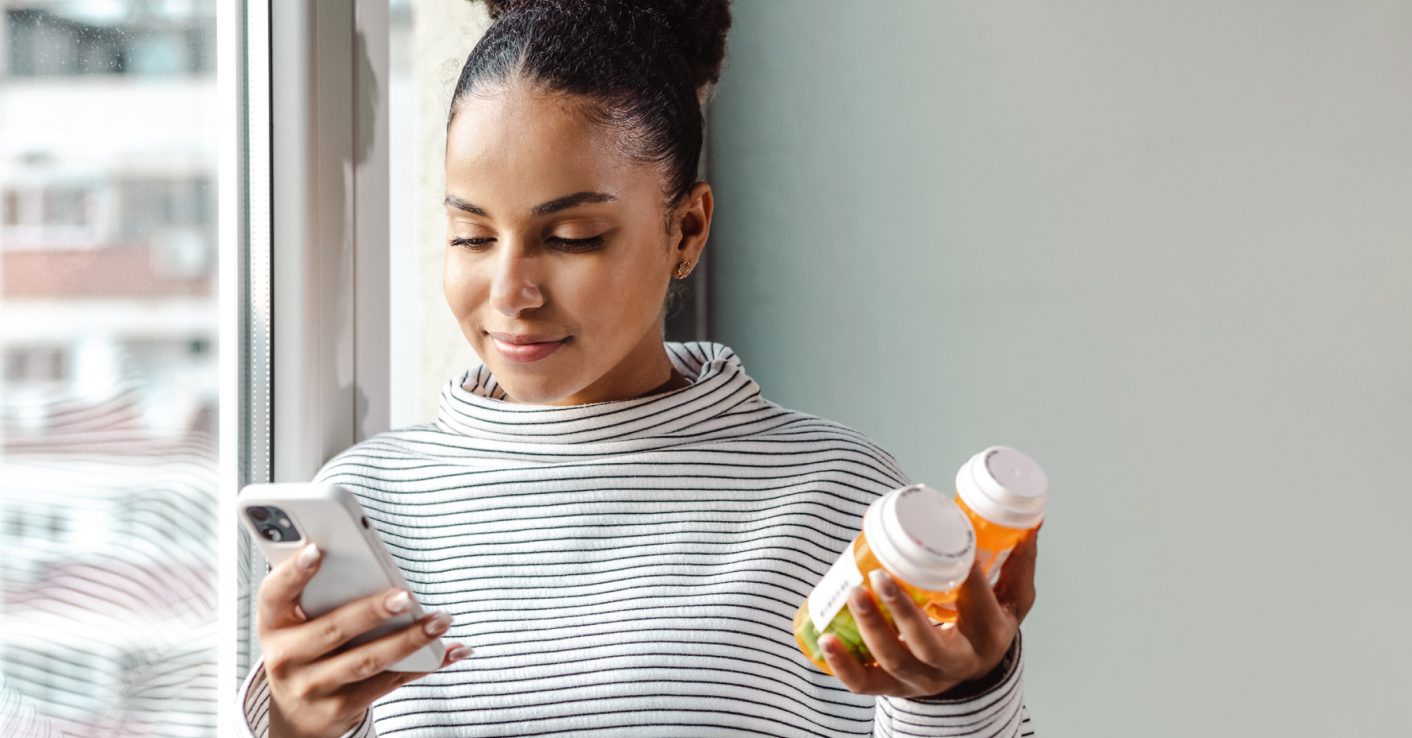Last Updated on October 20, 2025
💡 This article is for informational purposes only and does not constitute medical advice. Always consult with a qualified healthcare provider before starting, stopping, or changing any medication or treatment plan, including the use of naltrexone. Individual needs and responses to treatment can vary.
If you’ve ever sought out a medication to stop drinking, one name likely pops up again and again: naltrexone. It’s one of the most researched and widely prescribed medications for people who want help cutting back on alcohol.
While it’s not a magic pill, naltrexone can be a valuable tool in your arsenal. Let’s explore how oral naltrexone works, why it’s effective, and what to keep in mind if you’re curious about this option.
What Is Oral Naltrexone?
Naltrexone belongs to a class of drugs called opioid antagonists. In simple terms, it blocks certain receptors in the brain that alcohol usually activates. Those receptors are tied to the “buzz” or feel-good effect you experience when drinking. By dampening that response, oral naltrexone helps make alcohol feel less rewarding over time.
This is why it’s often described as a medication to stop drinking. It doesn’t force you to quit, but it does reduce cravings and weaken the cycle that makes alcohol hard to resist.
How Naltrexone is Taken
The most common form of naltrexone is a 50 mg oral tablet, which is usually taken once per day. Some providers may start with a smaller dose to test tolerance before moving to the standard prescription.
Unlike some treatment options, oral naltrexone doesn’t require you to stop drinking before starting. Instead, it gradually reduces the urge to drink and helps limit heavy drinking episodes. For many people, that opens the door to more mindful choices.
What the Research Shows
A significant body of evidence supports naltrexone’s effectiveness as a medication to stop drinking. Clinical studies have found that people who take it tend to:
- Reduce the number of heavy drinking days
- Lower their overall alcohol consumption
- Stay engaged in their treatment for longer
Importantly, outcomes are often strongest when oral naltrexone is combined with counseling, coaching, or other forms of support. The medication helps take the edge off cravings, but lasting change usually comes from pairing it with new habits and coping strategies.
Potential Side Effects and Limitations
Like all medications, naltrexone isn’t free of side effects. Some of the more common ones include nausea, headaches, dizziness, or fatigue, especially when you’re first starting the medication. Most side effects are mild and tend to improve over time.
Because naltrexone is processed by the liver, it may not be safe for people with significant liver conditions. It’s also not compatible with opioid use, since it blocks the same receptors opioids act on. That’s why a conversation with a qualified healthcare provider is essential before starting.
Another important point: naltrexone doesn’t block intoxication. Drinking heavily while on the medication can still lead to impairment, health risks, and long-term harm.
Why Medication Alone Isn’t Enough
It can be tempting to think of oral naltrexone as a quick fix. But while it’s a valuable medication to stop drinking, it works best as part of a wider array of resources. The real power comes when the medication reduces cravings enough for you to take meaningful steps—like setting (and keeping) drinking goals, building healthy routines, and building a support network of people with your best interests at heart.
At Sunnyside, we see naltrexone as one tool in a larger toolbox. By combining medication with mindful strategies and accountability, you give yourself the strongest chance of creating sustainable change and building the life you want.
Is Oral Naltrexone Right for You?
If you’ve struggled to cut back on your own or find that cravings keep pulling you back to old patterns, oral naltrexone may be worth exploring. It might be a good fit if:
- You’re motivated to reduce or stop drinking
- Cravings feel like your biggest barrier
- You’ve tried cutting back, but find it difficult to sustain
- You’re open to pairing medication with other support, like online or in-person community and tools like Sunnyside
Sunnyside Med can help determine whether naltrexone is safe and appropriate based on your medical history and goals.
Oral naltrexone can be a powerful ally for people who want a medication to stop drinking. Reducing cravings and making alcohol less rewarding helps create the space you need to make more intentional choices.
When paired with support, accountability, and mindful strategies, oral naltrexone can be the first step toward lasting change.
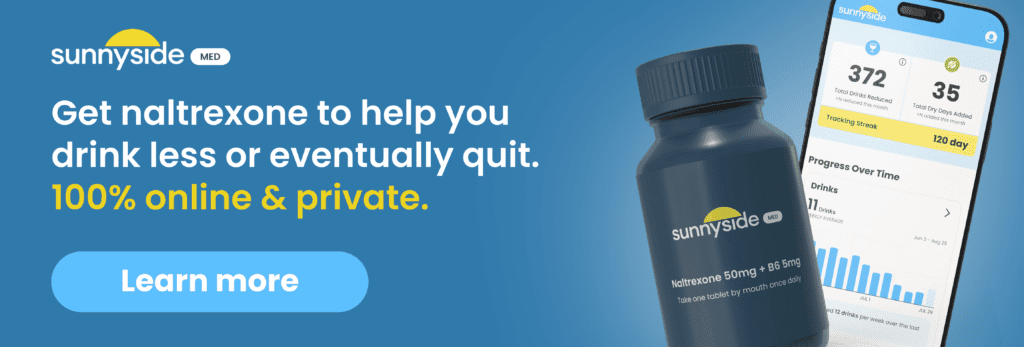
More about Sunnyside and Naltrexone
Sunnyside is a holistic program to help you build a healthier relationship with alcohol, using a proven, science-backed method. Whether you want to become a more mindful drinker, drink less, or eventually quit drinking, Sunnyside can help you reach your goals. We take a positive, friendly approach to habit change, so you never feel judged or pressured to quit.
When you join Sunnyside, you’ll start by completing a 3-minute private assessment so we can learn a bit about you. Once that’s done, you’ll get a 15-day free trial to test out everything, including our daily habit change tools, tracking and analytics, community and coaching, and education and resources. It’s a full package designed specifically to adapt to your goals and help you reach them gradually, so you can make a huge impact on your health and well-being.
In addition, Sunnyside Med now offers access to compounded naltrexone, a prescription medication that can reduce cravings and binge drinking, giving you the peace of mind to make long-term change.
Get your 15-day free trial of Sunnyside today, and start living your healthiest life.
